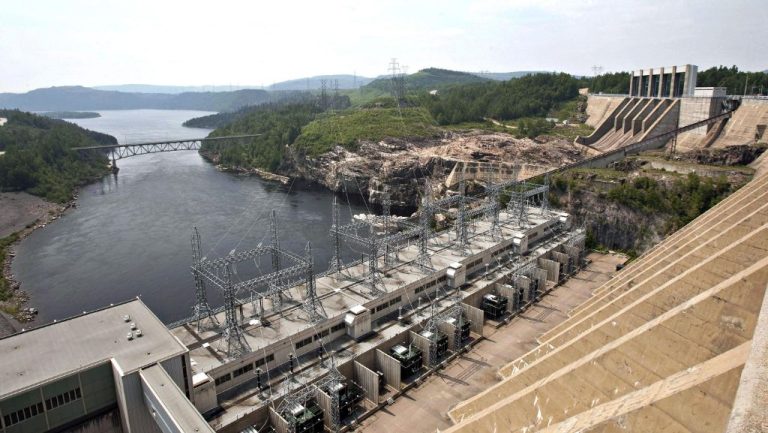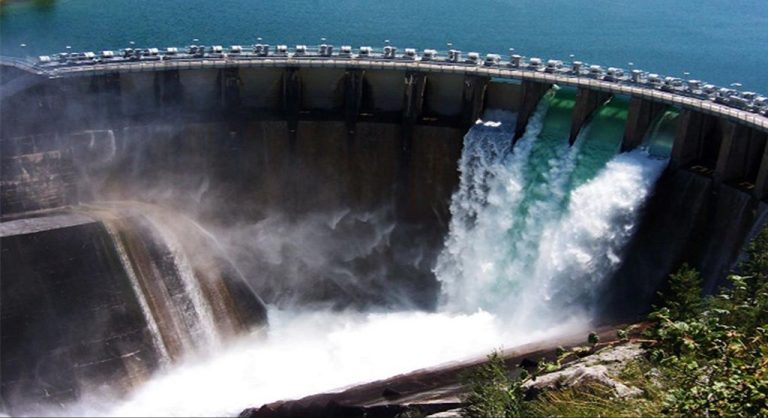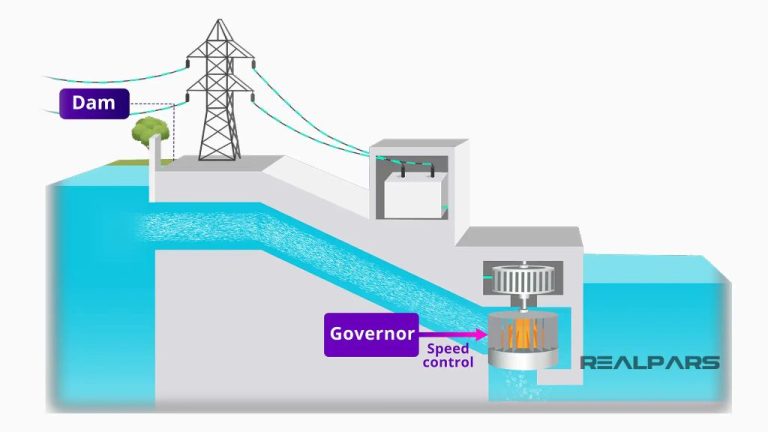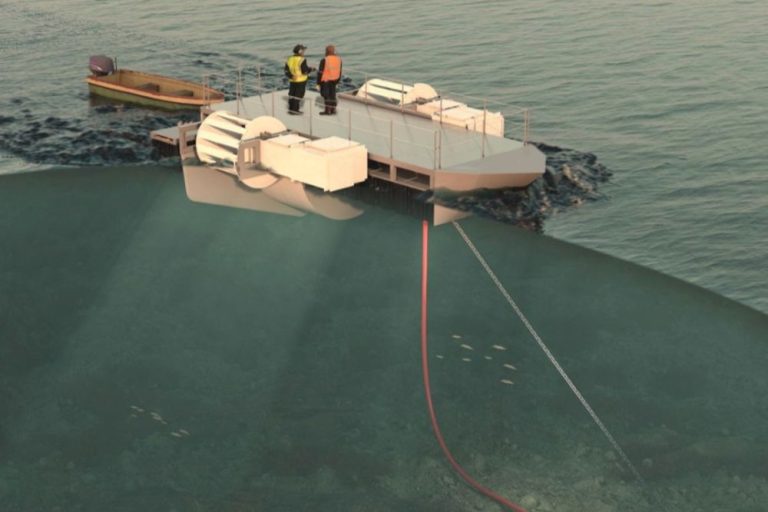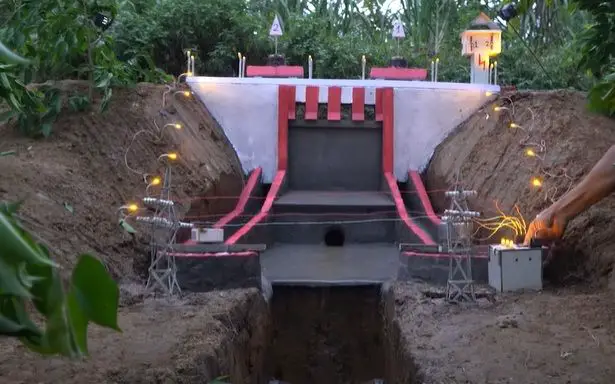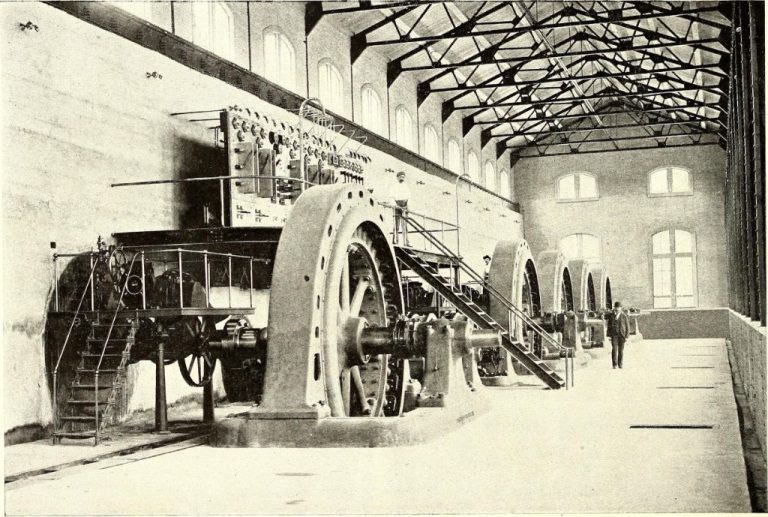Why Is Hydropower A Natural Resource?
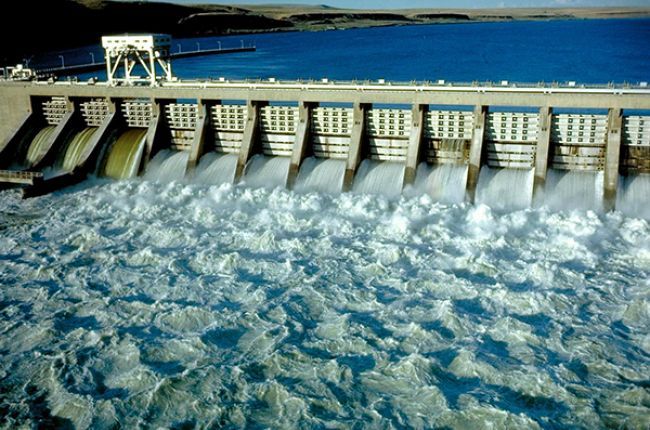
Hydropower refers to the generation of electric power by harnessing the energy from flowing water. It relies on the natural water cycle, where water evaporates, forms clouds, precipitates, and flows down to the ocean through rivers and streams. The kinetic energy of flowing water is used to turn turbines at hydropower stations, which then generate electricity. This makes hydropower a renewable energy source, since it relies on a naturally-replenished resource.
Hydropower is considered a clean energy source with a very low carbon footprint. It does not directly produce greenhouse gas emissions or waste byproducts. Hydropower facilities can also help manage river flows for irrigation, transportation, and recreation. Overall, hydropower provides stable baseload power using local water resources in an efficient and sustainable way.
Hydropower Uses a Renewable Resource
A key advantage of hydropower is that it relies on water, which is a renewable resource. The water cycle is an eternal, natural process driven by the sun’s energy. Solar radiation causes water on oceans, rivers, and lakes to evaporate and form clouds. This water vapor then condenses and falls back to Earth as precipitation, replenishing water supplies (EIA, 2023). This endless renewability makes hydropower a sustainable long-term energy solution.
Unlike fossil fuels which take millions of years to form and deplete in a human lifespan, the water used for hydropower is continuously renewed through Earth’s water cycle. The energy from flowing water comes from the sun’s heating of the oceans and atmosphere. As long as the sun shines, the water cycle will repeat itself, ensuring an endless supply of moving water that can be harnessed for renewable power generation (DOE, n.d.).
Low Environmental Impact
Hydropower has a relatively low environmental impact compared to other energy sources. Hydropower generators themselves produce clean electricity with zero emissions (1). This makes hydropower an attractive alternative to fossil fuels like coal and natural gas, which contribute significantly to air pollution and climate change when burned to produce electricity.
According to the U.S. Energy Information Administration, hydropower is one of the lowest-cost and lowest-emission sources of electricity (1). The emissions associated with hydropower come mainly from the reservoirs themselves as vegetation decays underwater. However, these reservoir emissions are much lower than those from fossil fuel power plants. The U.S. Department of Energy estimates that hydropower produces fewer than one hundredth the emissions of an equivalent amount of electricity generated from fossil fuels (2).
Overall, hydropower is considered a clean and renewable energy source that helps lower the environmental impact of meeting electricity demand compared to alternatives. The emissions and impacts associated with hydropower reservoirs are small in comparison to the air pollution and carbon emissions of burning fossil fuels.
Uses Existing Waterways
A major advantage of hydropower is that it utilizes existing waterways, such as rivers, streams, and artificial waterways, instead of requiring new land and infrastructure to be developed. Hydropower plants are built by constructing dams to store water in reservoirs, which allows the water to flow through turbines to generate electricity. According to the U.S. Department of Energy, the most common type of hydropower plant is an impoundment facility, which uses a dam to store river water in a reservoir [1]. The water in the reservoir build up gravitational potential energy, which is converted to kinetic energy as the water is released through turbines, spinning them to produce electricity. Another approach is to use run-of-river plants, which do not require large reservoirs. Instead, they divert a portion of a river’s water through a canal and into the turbines [2]. This allows hydropower generation with minimal environmental impact. Overall, tapping into existing rivers and waterways provides a reliable, renewable source of energy without needing to build entirely new infrastructure.
Very High Efficiency
One of the key advantages of hydropower is its very high efficiency in converting the potential energy of water into electrical energy. Modern hydroelectric plants can achieve conversion efficiencies of over 90% from the water flow to electricity generated (USBR, 2022). This makes hydropower one of the most efficient forms of energy production. Unlike fossil fuel plants, which lose over half of the input energy as waste heat, hydropower converts almost all of the available energy into electricity.
Specifically, the maximum theoretical efficiency of a hydroelectric generator is about 95%. In practical terms, modern plants operate at 80-90% efficiency rates, converting up to 90% of the available energy in moving water into electrical energy (Sciencedirect, 2022). This is much higher than the typical 30-50% efficiency of fossil fuel power plants. With such high conversion efficiency, hydropower makes excellent use of the available renewable water resource.
Long Operational Life
One of the major advantages of hydropower is the extremely long lifespan of hydropower stations. According to the U.S. Department of Energy, “Like any major energy source, significant upfront costs are unavoidable, but hydropower’s longer lifespan spreads these costs out over time.” [1] In fact, many hydropower stations have operational lives of 50-100 years. The Renewables First website notes, “The oldest operating hydropower systems are over 100 years old, including some utility-scale systems up in the mountains of the western U.S.” [2] This exceptionally long lifespan for hydropower facilities is a major advantage, providing reliable clean energy for many decades.
Stores Energy
Hydropower plants are able to store energy in the form of water held in reservoirs located at different elevations. Pumped storage hydropower facilities pump water from a lower reservoir to an upper reservoir when electricity demand is low. This process stores energy by moving water to a higher elevation, where it has potential energy that can be converted to electricity when needed [1].
The upper reservoir acts as a battery, holding the potential energy until it is needed. When electricity demand is high, water can be released from the upper reservoir through a turbine to generate electricity. The water flows downhill into the lower reservoir, converting the potential energy of the elevated water into electricity [2].
Pumped storage facilities provide a way to effectively store large amounts of energy, using gravity and water instead of chemical batteries. The reservoirs act as renewable energy storage, allowing energy to be available on demand. This makes hydropower a more flexible resource.
Domestic Energy Source
One of the major benefits of hydropower is that it allows a country to produce its own renewable electricity domestically rather than relying on imported fossil fuels. Hydropower is fueled by flowing water, which makes it an indigenous energy source available in most parts of the United States. According to the U.S. Department of Energy, hydropower is the country’s largest renewable energy source and makes up over 40% of total renewable generation1. By utilizing local rivers and streams to generate electricity, hydropower reduces the need for imported coal, natural gas, or petroleum. This promotes energy independence and national security. The ability to produce electricity domestically from hydropower strengthens the economy, creates jobs, and keeps energy spending within the country rather than sending dollars overseas. With abundant freshwater resources, hydropower can provide a stable, reliable, and affordable supply of renewable energy completely from domestic sources.
Low Operating Costs
Once built, hydropower plants are very inexpensive to operate. According to data from Statista, the average operating expenses for hydroelectric plants run by major U.S. utilities ranged from 0.25 to 0.4 cents per kWh between 1998 and 2022. This is significantly lower than fossil fuel plants. A report by IRENA states that hydropower’s operating costs are typically 1-2% of the initial investment, much lower than other renewable sources.
Once constructed, the fuel to operate hydropower plants is free – the flowing water. There are some maintenance costs for the dams, turbines, and other infrastructure, but these are relatively minimal compared to power sources that require continual fuel inputs.
With operating costs averaging under 0.5 cents per kWh, hydropower is one of the most inexpensive sources of electricity generation over the long term. The renewable nature of hydropower means operating costs are stable and don’t fluctuate like fossil fuels.
Conclusion
In summary, hydropower is considered a natural resource for several key reasons. Hydropower utilizes the natural flow of water, a renewable resource, to generate electricity. It has a low environmental impact compared to other energy sources since it doesn’t produce air pollution or greenhouse gases. Existing waterways like rivers and streams can be used for hydropower without major new construction. Hydropower is also highly efficient at converting the kinetic energy of flowing water into electrical energy. Hydropower facilities are designed for long operational lives of 50 years or more. The water held behind hydropower dams can also be used to store energy for times when electricity demand is high. Since hydropower relies on domestic water resources, it reduces dependence on foreign fossil fuels. The operating costs of hydropower plants are relatively low once they are constructed. For all these reasons, hydropower qualifies as an important natural resource for producing electricity.

